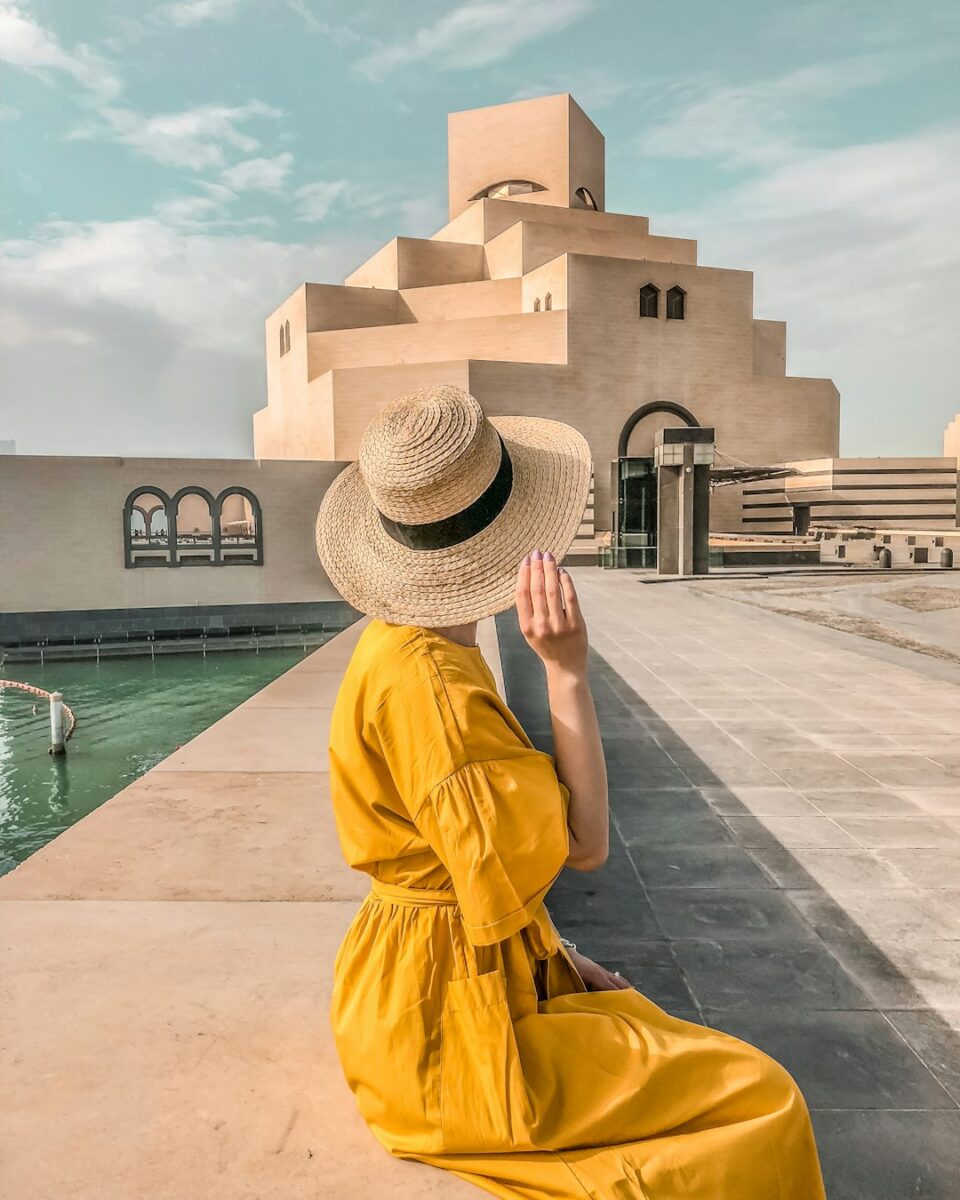Fashion has always played a crucial role in film and television, influencing audiences and shaping cultural trends. From iconic costumes that define characters to cutting-edge runway looks that set the tone for future trends, fashion has the power to captivate and inspire viewers.
One of the most famous examples of fashion’s influence in film is Audrey Hepburn’s iconic little black dress in the classic film “Breakfast at Tiffany’s.” Designed by Hubert de Givenchy, the dress became an instant sensation and solidified Hepburn’s status as a fashion icon. The dress perfectly encapsulated the chic and sophisticated style of the character Holly Golightly, and its timeless appeal continues to inspire fashion designers and enthusiasts to this day.
Beyond individual costumes, fashion plays a significant role in creating the overall aesthetic and atmosphere of a film or television show. Costume designers carefully select clothing and accessories that not only reflect the personality of the characters but also convey the time period, setting, and mood of the story. For example, the lavish period costumes in “The Crown” not only showcase the opulence of the British royal family but also transport viewers back in time to the mid-20th century.
In addition to historical accuracy, fashion can also be used to convey social status, power dynamics, and character development. In “The Devil Wears Prada,” the fashion choices of the characters reflect their personalities and motivations. The chic and sophisticated wardrobe of Miranda Priestly, played by Meryl Streep, exudes power and authority, while the frumpy and awkward outfits of Andy Sachs, played by Anne Hathaway, symbolize her transformation from a naive outsider to a confident insider in the cutthroat world of fashion.
Fashion in film and television is not just about aesthetics—it is also a powerful tool for storytelling and world-building. By carefully selecting clothing and accessories that align with the characters and the overall narrative, costume designers can enhance the audience’s understanding and emotional connection to the story. In “Mad Men,” the sleek and polished suits worn by Don Draper and his colleagues convey the slick and glamorous world of advertising in the 1960s, while the vibrant and eclectic wardrobe of the characters in “Sex and the City” reflects the daring and adventurous spirit of New York City in the late 1990s and early 2000s.
Furthermore, fashion in film and television has a ripple effect on the real world, influencing popular trends and shaping consumer behavior. Viewers are often inspired by the outfits worn by their favorite characters and seek to emulate their style in their own lives. Brands and designers leverage this influence by collaborating with filmmakers and costume designers to create products and collections inspired by popular films and shows. This symbiotic relationship between fashion and media has fueled the rise of celebrity and influencer culture, with actors and characters becoming fashion icons in their own right.
In conclusion, the influence of fashion in film and television is undeniable. From iconic costumes that define characters to immersive storytelling that transports viewers to different worlds, fashion plays a crucial role in shaping our cultural landscape. By melding creativity with storytelling and commerce, fashion in media continues to captivate and inspire audiences around the world.


